Temples Nakhon Phanom
Temples in Thailand: Culture and Community

A Common Misconception About Monks
A widespread misconception is that monks come from house to house to beg. However, this image is not true. In many Buddhist traditions, it is an age-old custom for monks to receive food from the community. Giving food to monks is seen as an honor and an act of generosity, not an obligation or burden. In return, monks often offer a prayer or blessing to the donors. This reciprocal exchange symbolizes respect, gratitude, and spiritual connection between the monks and the community.


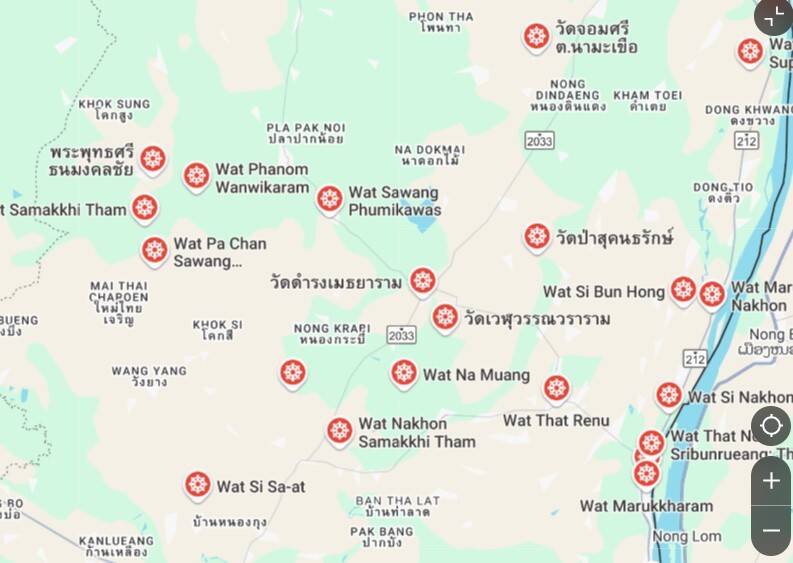
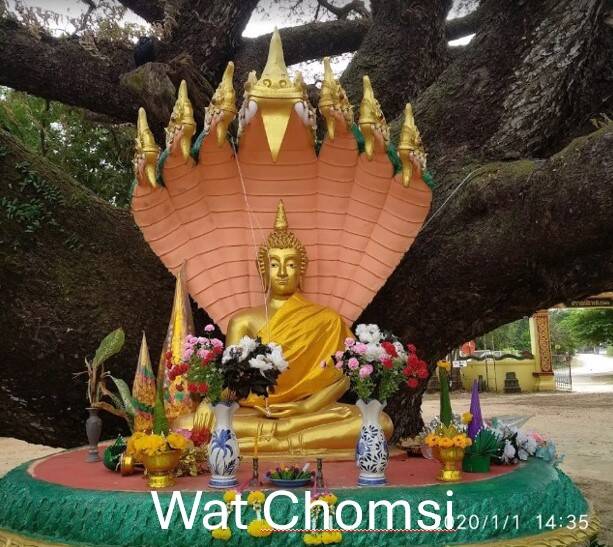
Temple Visit Behavior and Rules
When visiting a temple, it is important to show respect for the sacred space and its associated culture. Wear appropriate clothing that covers shoulders and knees, and remove your shoes before entering unless otherwise instructed. When walking around a pagoda, always make sure to do so in a clockwise direction. Always maintain a calm and respectful demeanor; loud talking or using a phone is often considered disruptive. Follow the directions of temple staff and do not touch religious objects without permission. Photography is sometimes prohibited or restricted, so check the rules beforehand. Respect the prayers and rituals of others, and ensure you do not disrupt any part of the ceremonies. By following these simple guidelines, you show respect and contribute to a harmonious experience for everyone.
Discover a unique experience by visiting a remarkable temple with an impressive reclining Buddha. This temple is known for its serene atmosphere, rich history, and beautiful architecture. The reclining Buddha, a symbol of peace and enlightenment, is often depicted impressively large and detailed, making it an unforgettable sight. A visit to this temple is not only a spiritual journey but also an opportunity to learn more about Buddhist traditions and culture. Whether you're looking for peace, inspiration, or simply a special sight, this temple offers it all. Remember to respect local customs and enjoy the beautiful surroundings this temple has to offer.
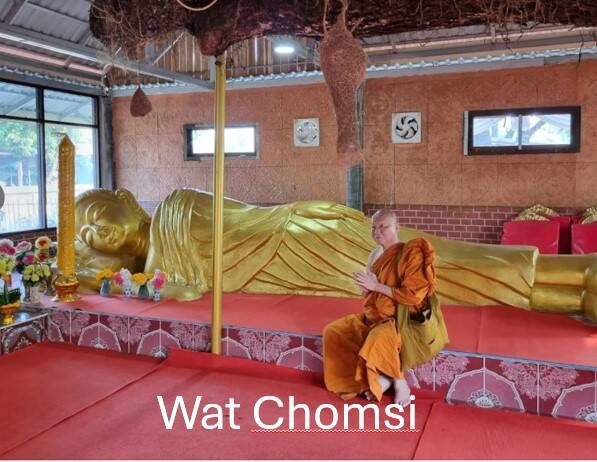

Respectful Interaction with Monks on Public Transport
As a woman, it's important to be mindful of the customs and cultural sensitivities surrounding monks on public transport. For example, don't sit directly next to a monk; make sure there's a man between you. This prevents discomfort and shows respect. Furthermore, it's considered very rude to get in the way of monks or to stand in front of seated monks for extended periods. Out of respect, no one should tower over a monk; therefore, make sure you sit down or at least adjust your posture to appear smaller. By following these simple guidelines, you demonstrate understanding and respect for important cultural values.
Guidelines for interacting with monks:
According to Buddhist traditions, it is important to observe certain rules of conduct when interacting with monks. A monk must not be touched, especially not by women. If a woman touches a monk, the monk must undergo a complex purification ceremony (abatt). If a woman wishes to give something to a monk, she should do so indirectly: place the object down or pass it through a man. These rules are deeply rooted in respect and spiritual purity within Buddhism. By following these guidelines, you demonstrate understanding and reverence for these traditions.


Many Thai Buddha statues are made of bronze, a metal known for its durability and timeless appeal. These statues are prized for their intricate detail and the care with which they are crafted. Behind every bronze Buddha statue lies a centuries-old tradition in which skilled artisans pass down their knowledge and techniques from generation to generation. Using traditional methods, they create works of art that are not only visually impressive but also carry spiritual and historical significance. The combination of high-quality craftsmanship and a rich history makes these bronze Buddha statues a beloved symbol of Thai culture and spirituality.
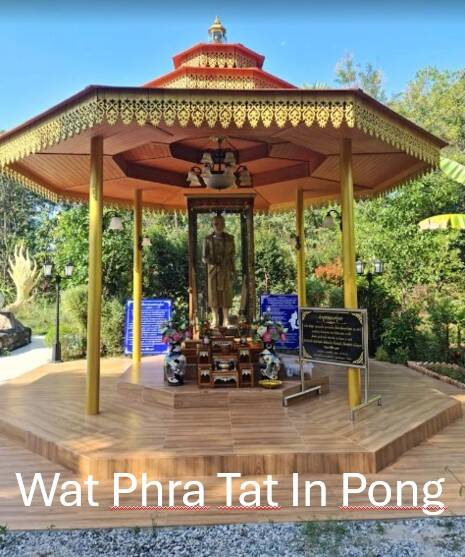
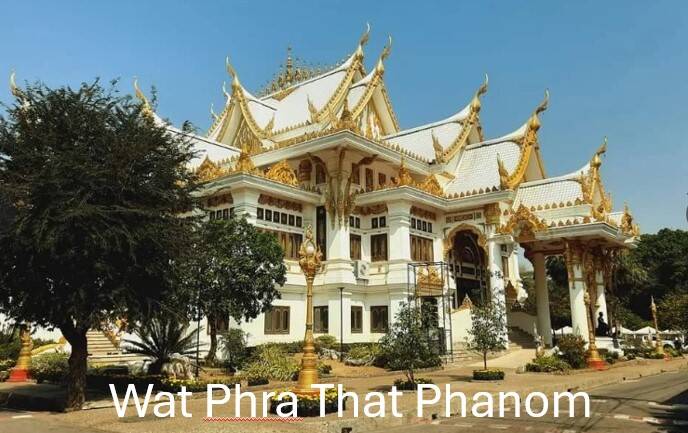
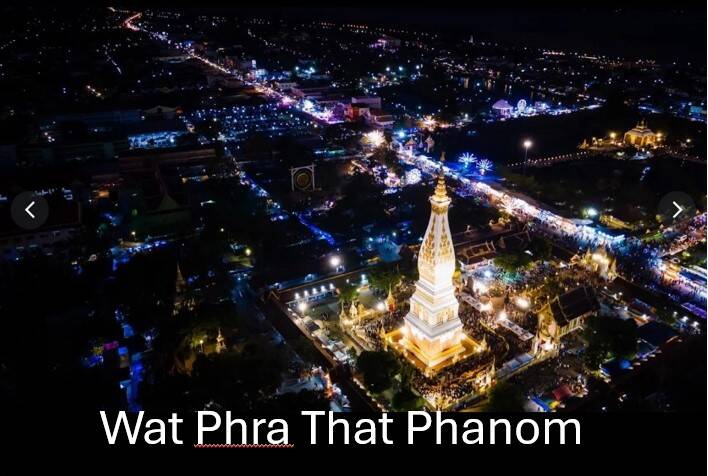
Thailand is a country of breathtaking beauty and rich culture, and with over 41,000 temples scattered throughout the country, it's a paradise for history and architecture enthusiasts. Each temple is unique, with its own stories, designs, and traditions that offer a glimpse into the country's deep-rooted spirituality.
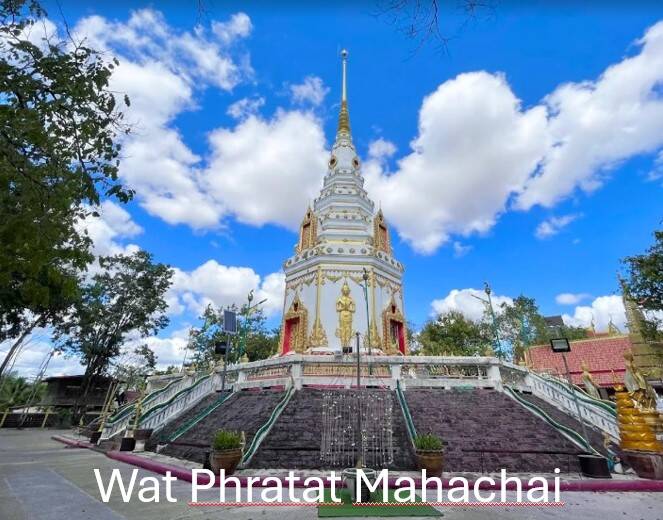
They serve not only as places of religious worship but also as centers for social and community activities. Whether celebrating a Buddhist festival, learning traditional values, or offering assistance to local people, temples function as the heart of the community.
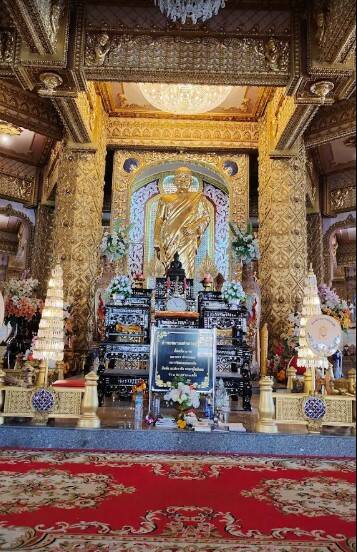
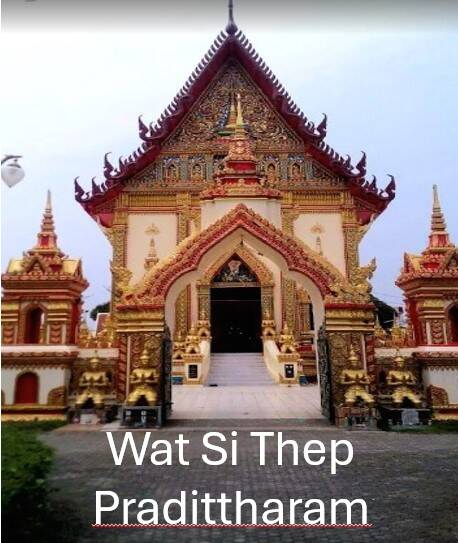
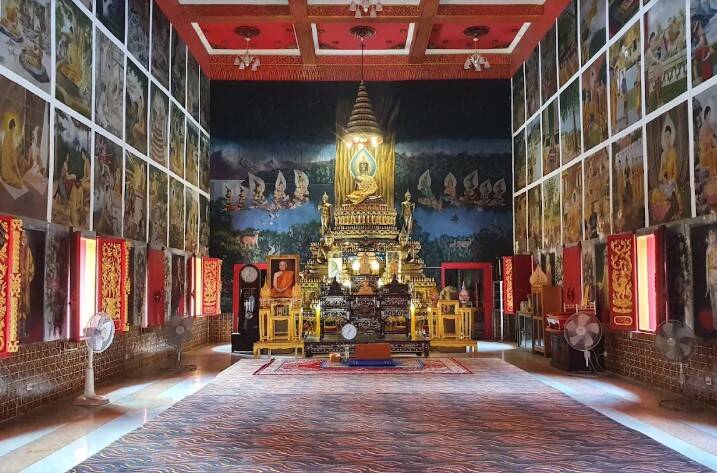
Temples and interiors are all about craftsmanship and refinement. Everything is entirely handmade, with an eye for detail and a deep appreciation for tradition. Each piece tells a unique story, created through the dedication and precision of the maker. From carefully sculpted decorations to beautifully finished interior elements, you'll experience the passion and craftsmanship in every corner. Choose timeless beauty and authenticity with handmade creations that give your space soul.
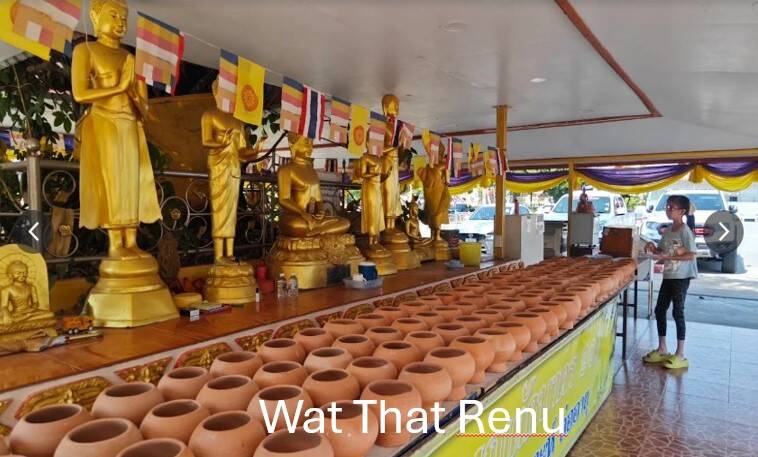
In Thailand, there are seven different Buddha statues, each associated with a day of the week and a specific meaning. These statues are often found in temples and serve as objects of worship, with people making a donation to their specific Buddha on their birthday. Here is an overview of the Buddha statues for each day: Sunday: The Buddha standing and invoking the earth (Pang Ham Yati). Monday: The Buddha with crossed arms (Pang Ratana Chattraya). Tuesday: The reclining Buddha (Pang Saiyas). Wednesday: The asking Buddha (Pang Um Baat). Thursday: The meditating Buddha in the lotus position (Pang Samathi or Pang Ruesi). Friday: The standing Buddha with crossed arms (Pang Ram Phueng). Saturday: The Buddha protected by the serpent (Pang Nak Prok). In addition to the day of the week, each Buddha also has a color associated with it. For example, Sunday is red, Tuesday is pink, Thursday is orange, and Saturday is purple.

Promotional offer
For stays longer than two days, you can use our pocket translator free of charge. Very useful for communicating with the locals.